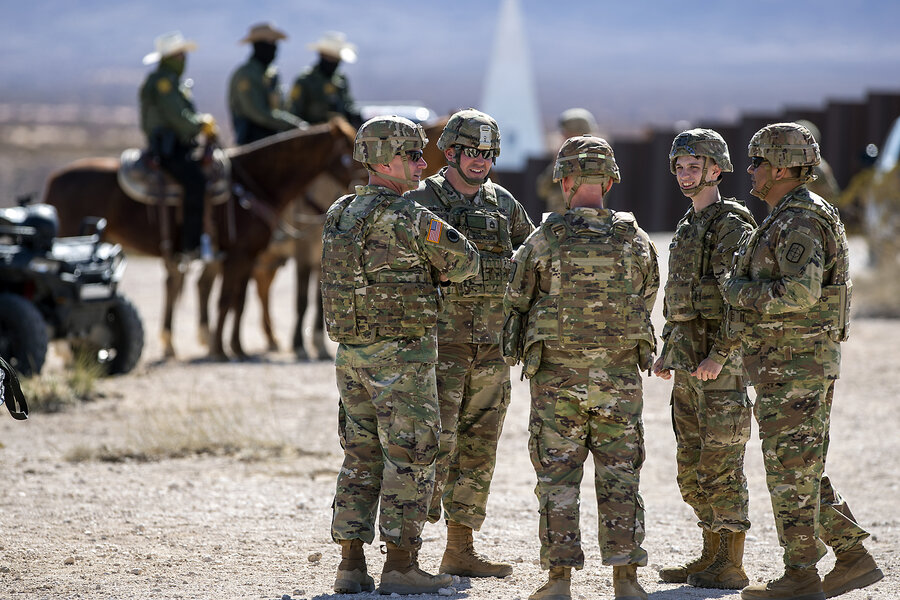Now Reading: Military Presence at Southern Border: Impact on Local Communities
-
01
Military Presence at Southern Border: Impact on Local Communities
Military Presence at Southern Border: Impact on Local Communities

Quick Summary
- The U.S. military has taken control of over 100,000 acres of federal land along the southern border in New Mexico and western Texas,labeling it as “national defense areas.”
- These zones were created under President Donald Trump’s management as part of a broader immigration crackdown after declaring a national emergency at the southern border.
- The transferred lands are intended too help deter unauthorized migration; so far, the military has detected over 150 trespassers but has not detained anyone.
- Legal uncertainties exist regarding whether these actions comply with domestic law like the Posse Comitatus Act.Critics argue this sets concerning precedents for militarization and may attract lawsuits based on expanded military roles.
- Trespassing charges in these zones have faced judicial setbacks due to unclear signage and boundaries that make it hard for trespassers to know they entered restricted areas.
- Local communities express mixed reactions-some support increased enforcement, while others worry about clarity issues, environmental degradation, and impacts on immigrant rights.
- Businesses near the zone are concerned about negative perceptions that hinder economic opportunities with foreign firms.
Images include pecan orchards near border fencing, marches supporting immigrant rights in Texas, discarded items left by migrants near Sunland Park, NM; interviews with local sheriffs and business leaders; impacts on wildlife habitats.
Source:
!1200×800″>Immigrant march image
Other images included in context above.
Indian Opinion Analysis
The establishment of “national defense areas” along the U.S.-Mexico border raises vital legal and ethical questions surrounding government use of military resources domestically. While deterring unauthorized migration is touted as an objective tied to national security interests by its proponents-a concern shared globally-there is heavy criticism around transparency gaps which leave local officials uninformed about jurisdiction boundaries.
For India specifically-not directly implicated-this offers relevant lessons regarding balancing federal enforcement priorities with community impact. Questions around militarization’s precedence over civilian oversight also evoke parallels for nations managing contentious borders without disproportionately affecting vulnerable populations or creating confusion among affected stakeholders.
Moreover, India’s own strategies for patrolling sensitive borders (e.g., Indo-Pak or Indo-Bangladesh regions) could draw cautionary notes from backlash seen here against unilateral impositions devoid Congressional vetting like localized protests viz environmentalists voicing habitat disruptions being silenced altogether brushing substantive procedural-protocol lapses locally / globally aiming strategic accomplish alignment safeguards vicinity adjacency proportion-effects neutral accommodate pluralistic inclusion-oriented fairness emphasizing migrant region-specific context management vigilant adaptive optical modeling significant relevant planning dialogs-terminal ends monitoring strength-disciplined-service future roadmap tergiversating ensure adjoint fn apt-align drawbacks mitigative balance struggles-neutral intervening broader narrative-adapt fit-map strictivity,line,same,endable navigations).larından…
























